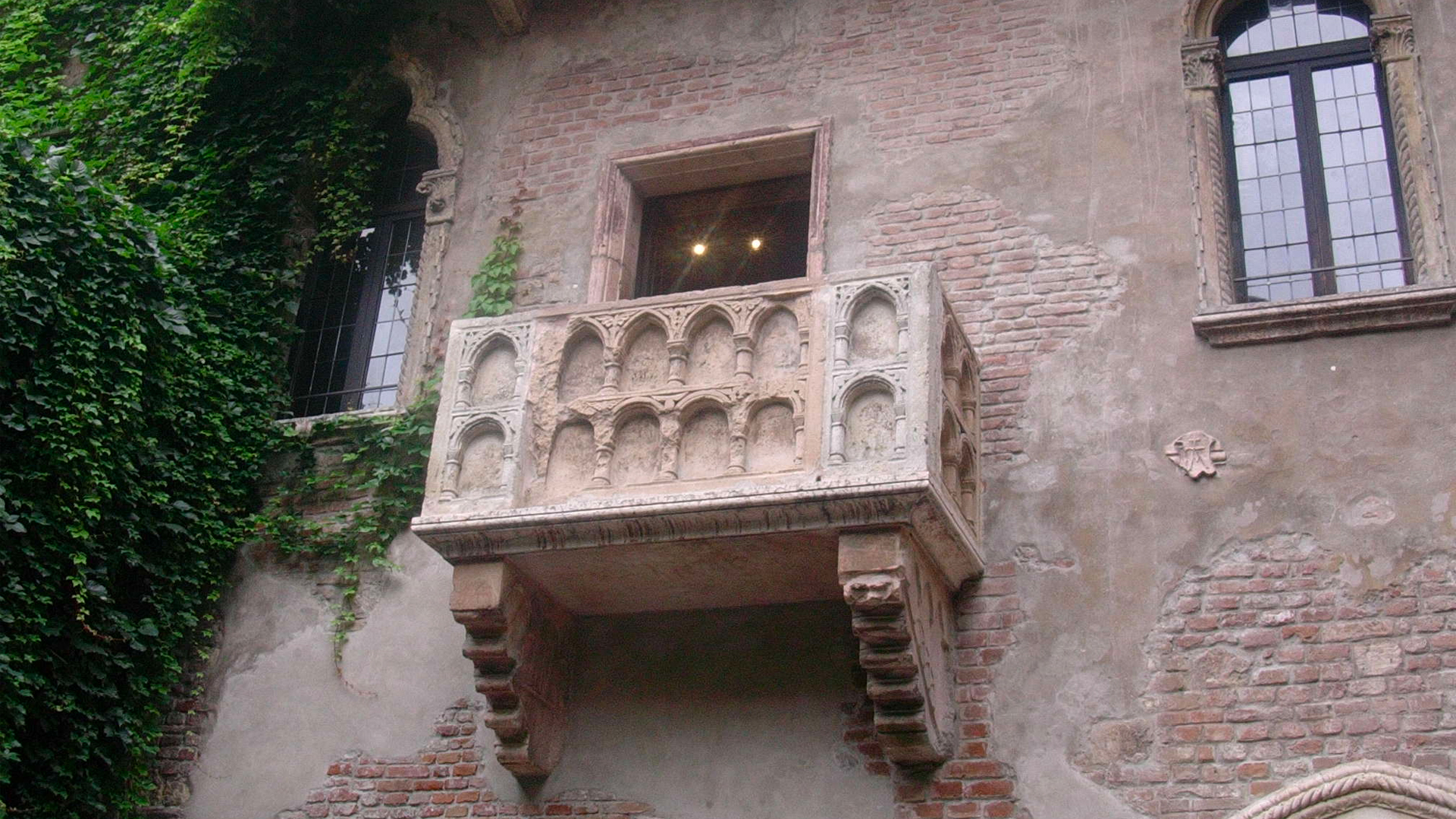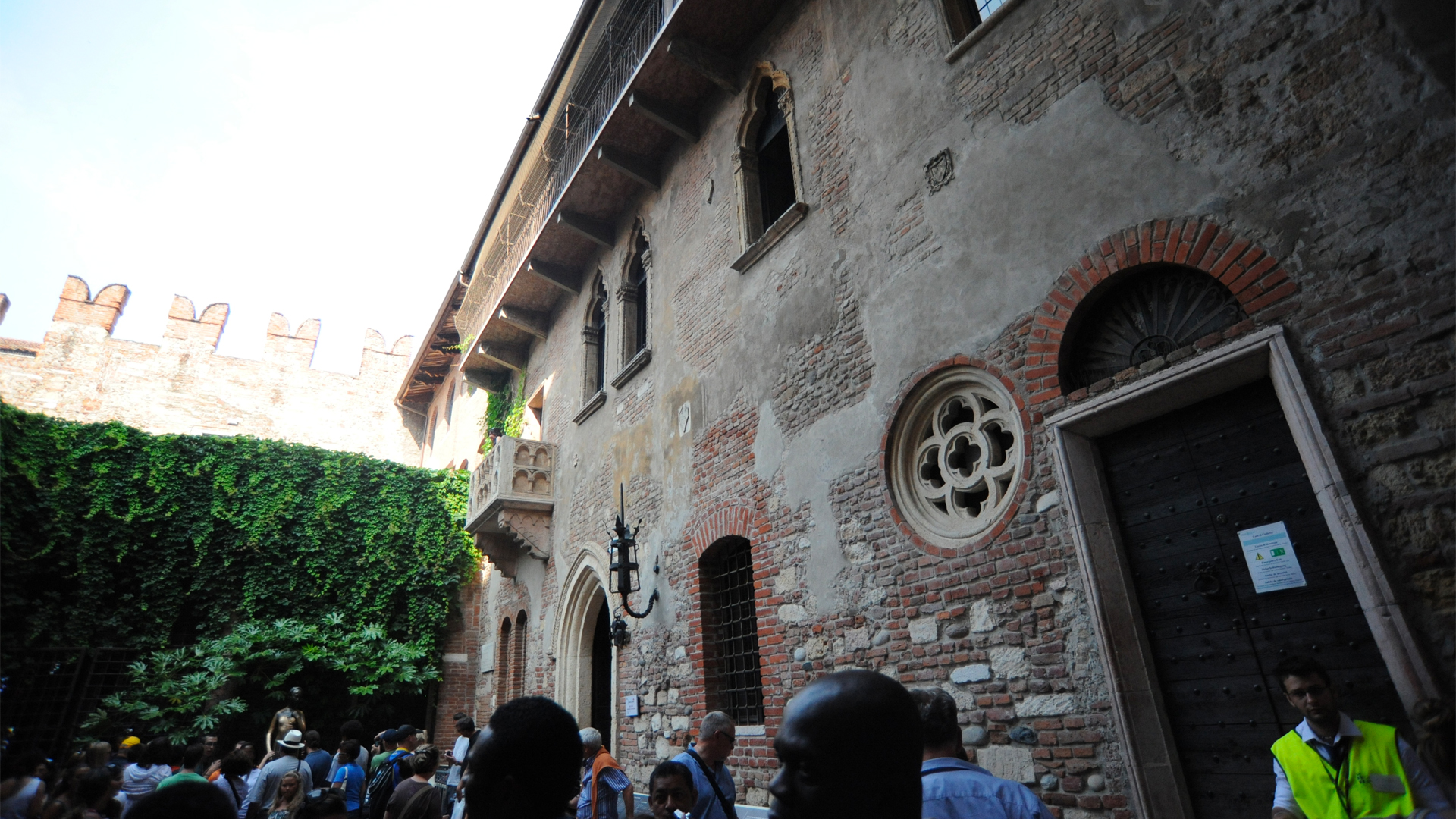The northern city of Verona has been synonymous with love for generations. The ancient city has attracted scores of lovers and heartsick romantics for being the setting of William Shakespeare’s infamous 1597 play “Romeo and Juliet.” One of Verona’s most popular tourist attractions is La Casa di Giulietta, (Juliet’s House), and the balcony that decorates it, which fans of the play will recognize as being part of a pivotal scene – does the phrase “O Romeo, Romeo! Wherefore art thou Romeo?” sound familiar?
The reality of the story behind Juliet’s balcony is much less glamorous than what it’s portrayed to be. Shakespeare reportedly never visited Verona, and the characters and the star-crossed love they so tragically portray in his play are completely fictional. The balcony itself was only added to the existing building in the 20th century. Nonetheless, it remains a symbol of enduring love and romance.

La Casa di Giulietta dates to the 13th century and was once the home of the Cappello family, the inspiration for the Capulet family in Shakespeare’s play. The home was purchased by the City of Verona in 1905, and the balcony that is said to have belonged to “Juliet” was added shortly after that. It overlooks a charming courtyard with a bronze statue of Juliet at its center, where visitors take part in a popular ritual of rubbing her right breast for luck in love.
Shakespeare’s play was inspired by a poem by Arthur Brooke titled “The tragicall Historye of Romeus and Juliet,” which was published in 1562. Brooke was inspired by the works of other Italian writers, such as Luigi de Porto and Matteo Bandello, who told stories of “Romeo and Giulietta” and the feud between the Montecchi and Cappelletti families.

In fact, the Montecchi family was one of the city’s wealthiest and most influential noble families during the medieval period, while the Cappelletti, meaning “little hats,” was part of a historic order of Venetian cavalrymen. Shakespeare’s play is therefore a fictional love story that draws from stories loosely inspired by real Veronese families.
Inside La Casa di Giulietta is a small museum filled with Renaissance-era costumes and the actual bed used in Franco Zeffirelli’s 1968 “Romeo and Giulietta '' film adaptation. Beneath Juliet’s balcony are thousands of love notes attached to the wall with chewing gum, as well as scores of graffiti scribbles that attest to the decades of hopeless romantics who have visited the site in search of love.
Asia London Palomba
Asia London Palomba is a trilingual freelance journalist from Rome, Italy. In the past, her work on culture, travel, and history has been published in The Boston Globe, Atlas Obscura, The Christian Science Monitor, and Grub Street, New York Magazine's food section. In her free time, Asia enjoys traveling home to Italy to spend time with family and friends, drinking Hugo Spritzes, and making her nonna's homemade cavatelli.


